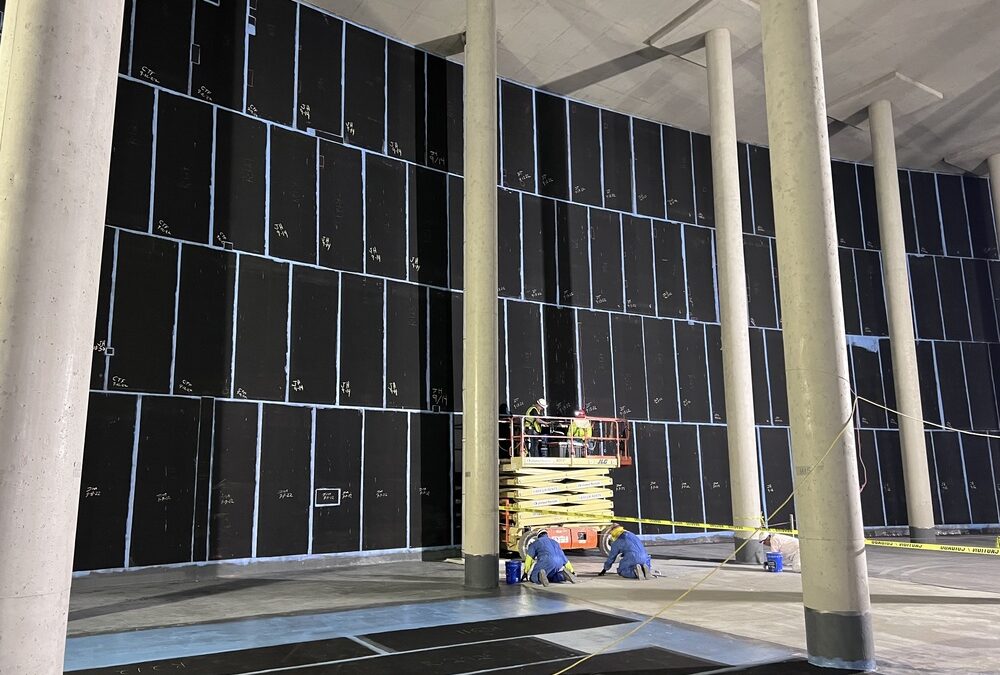
What Is an NACE Coating Inspector?
In industrial environments and applications, every lining and coating must perform under extreme conditions. The quality of the protection often comes down to one critical factor: inspection. That’s where an NACE (National Association of Corrosion Engineers, now merged with AMPP) coating inspector comes in.
These certified professionals — now credentialed through AMPP (Association for Materials Protection and Performance) — are highly trained to evaluate and verify protective coatings and linings, making sure they meet the strict standards required for long-term performance.
For industries relying on rubber lining to safeguard tanks, pipes, and vessels, the involvement of a NACE-certified inspector can mean the difference between years of reliable protection and premature system failure.
The Role of an NACE Inspector
An NACE inspector specializes in ensuring coatings and linings are properly applied and fully compliant with industry standards. This can include paint, coatings, and linings (like rubber lining).
NACE inspectors are trained to:
- Evaluate surface preparation before any lining is applied
- Monitor environmental conditions that affect adhesion and curing
- Oversee the installation process to verify compliance with industry standards
- Conduct final quality inspections before equipment starts (or returns to) service
By maintaining a watchful eye at every stage, NACE inspectors help prevent costly errors and ensure long-term coating durability.
Why NACE Coating Inspectors Are a Critical Part of Rubber Lining Installation
Rubber lining provides protection for industrial equipment exposed to chemicals, abrasion, and corrosion. It’s a solid material, but even the best materials can fail if the installation process is compromised. That’s why NACE coating inspectors are so important in the process.
Their expertise directly impacts project outcomes in several ways:
- Surface preparation checks – Rubber lining requires clean, properly prepared surfaces for maximum adhesion. Inspectors verify that blasting or cleaning has been completed to the appropriate degree.
- Environmental condition monitoring – Factors like temperature, humidity, and dew point can dramatically influence curing and adhesion. NACE inspectors monitor conditions to ensure they fall within acceptable ranges.
- Quality assurance during application – Inspectors confirm the rubber lining is applied according to specifications, reducing the risk of bubbles, voids, or weak spots.
- Final quality inspections – Before the equipment goes into service, inspectors conduct detailed examinations to verify compliance and performance expectations.
Without these measures, the lifespan of a rubber lining system could be reduced and lead to unplanned downtime, costly repairs, or even safety risks.
Compliance with Industry Standards
We’ve mentioned the term “industry standards” throughout this article. To add some clarity, industries like chemical processing, water treatment, mining, and power generation all have their own set of regulatory and operational standards. NACE-certified inspectors ensure projects comply not only with a client’s specifications but also with the recognized global standards for protective coatings and linings within the respective industry. Their certification through AMPP represents a high level of training and competency.
NACE Certification at US RUBBER
At US RUBBER, safety and quality are the foundation of every project. That’s why our rubber lining specialists are NACE-certified inspectors. From initial surface preparation to final inspection, our team adheres to NACE-certified practices and provides our clients with durable, reliable linings designed to withstand the toughest industrial environments.
If you’re in need of a rubber lining solution for your industrial project, contact our team for more information.

